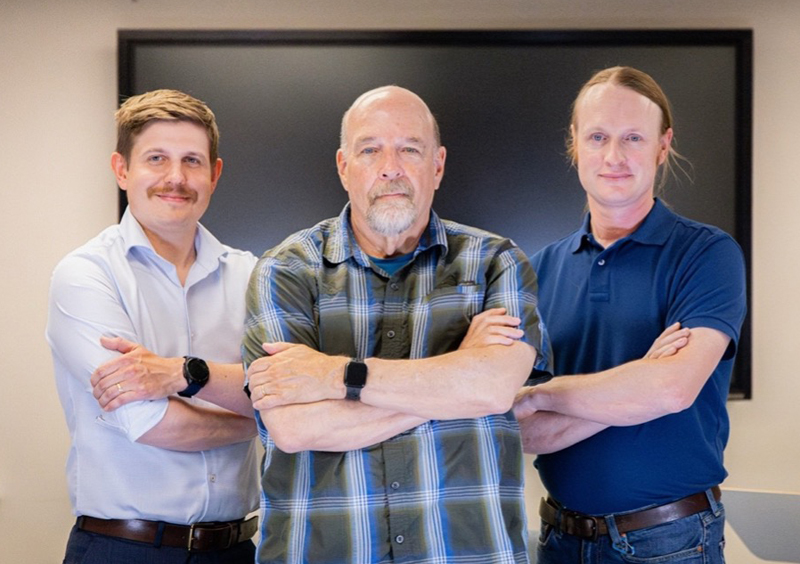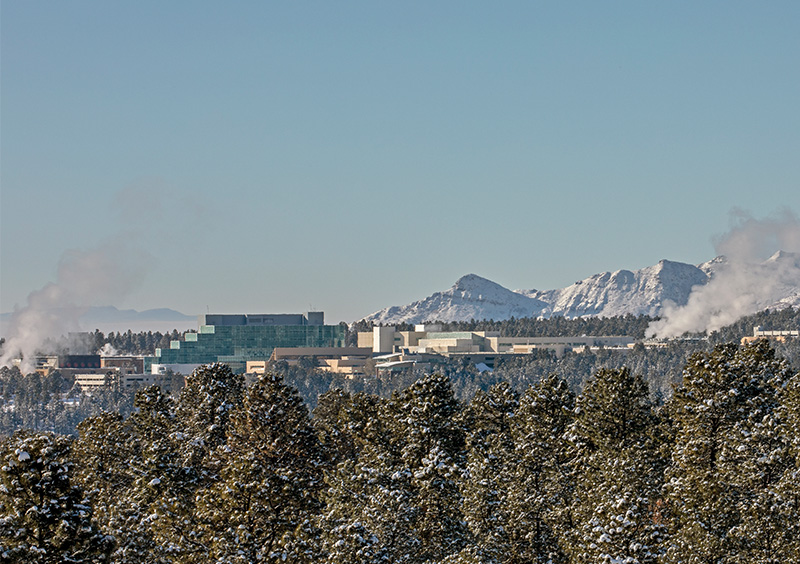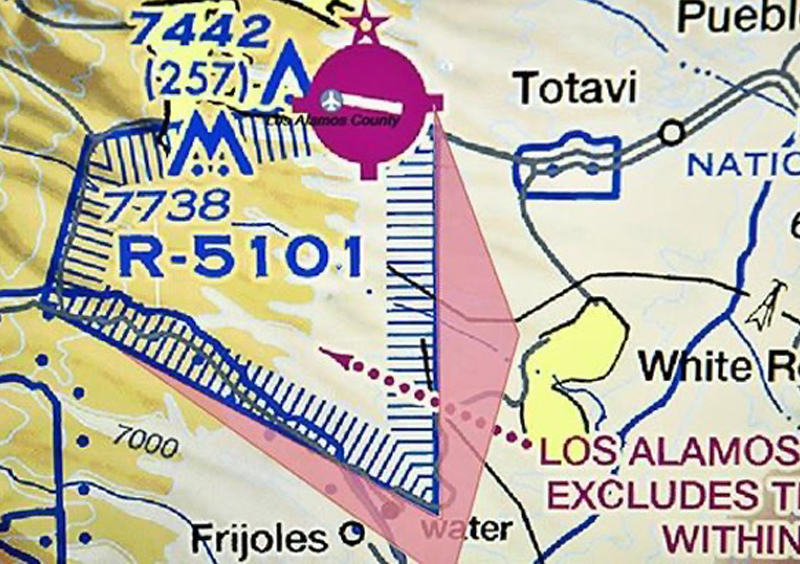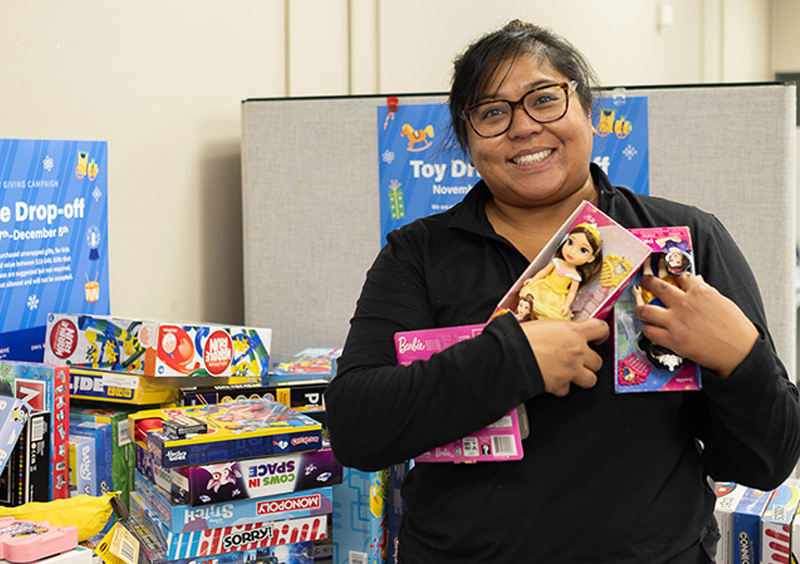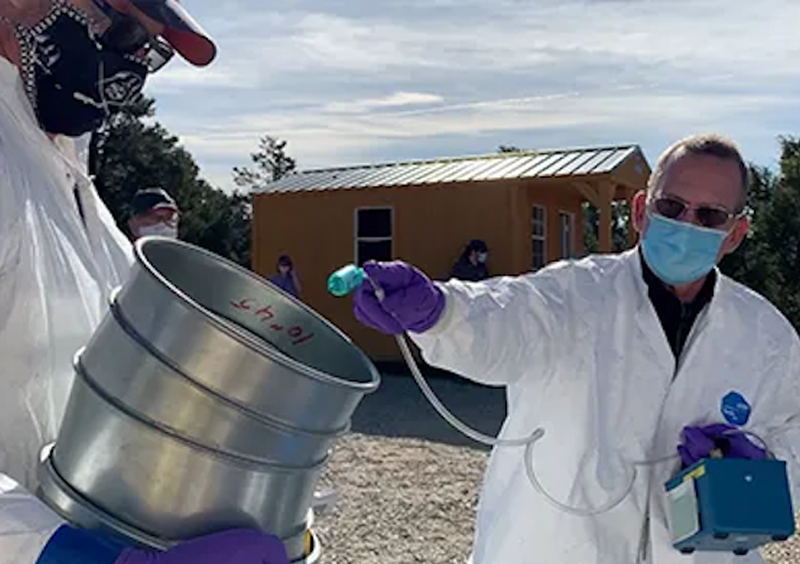This op-ed by Ted Wyka, Los Alamos Field Office Manager of the National Nuclear Security Administration (NNSA), ran Sunday, Sept. 14, in the Los Alamos Reporter.
The success of Los Alamos National Laboratory’s vital national security mission is only possible if operations are conducted safely, with a clear understanding of risk, and a proven plan to mitigate that risk. This applies to everything the lab does, from how it conducts cutting-edge scientific experiments to how it produces plutonium pits. This approach is essential to the safety of our workforce of over 18,000, for our neighbors who surround the site and for the environment. It’s also why the federal agency that governs the lab, the National Nuclear Security Administration, and the lab’s experts seek to release the pressure that has built up in four waste containers in a timely fashion.
The containers have been stored at a waste processing location at the lab since 2007. A subsequent analysis determined that they contain lead and require offsite disposal. In addition to small amounts of tritium headspace gas, they also contain a pressurized mixture of hydrogen and oxygen. Over the years, pressure has gradually built in the containers. That pressure must be alleviated before the containers can be safely remediated and transported offsite for permanent disposal. Leaving the four containers on the mesa indefinitely prolongs and increases the risk to our workers and the public. It is time to alleviate this risk and dispose of the containers by taking safe measures to reduce the gas.
The plan to depressurize hasn’t changed since 2020, when the Environmental Protection Agency first provided approval for this scope of work. In the years since, the laboratory has rigorously analyzed and tested the plan. NNSA and lab experts have discussed every detail extensively with the state and federal environmental agencies during this period. In March, the EPA granted approval for the operation. And on Sept. 8, the New Mexico Environment Department became the final agency to approve when it granted a temporary authorization to safely perform the controlled depressurization.
Over the years, the state and non-governmental organizations have asked NNSA to consider alternatives to our proposal. We have thoroughly examined numerous possible alternatives. Make no mistake, the lab’s plan is rooted in science and safe for the surrounding community and lab employees — and it is the best solution available to us. Earlier this summer, an independent technical review was the latest to confirm this.
Despite the scientific rigor and review of the plan, much disinformation has been spread about tritium and the process of depressurizing the containers. This false information has led to a great deal of unnecessary concern among the public, which is deeply unfortunate. The most egregious example — comparing the depressurization to the release of tritium from the Fukushima nuclear power plant over 30 years — has unfortunately been repeated in local news outlets, which apparently did not see it fit to do basic fact-checking. There is no similarity between these operations.
The desired and likely offsite dose from depressurization will be extremely low — below 6 mrem, possibly even 0 mrem, at the site boundary. To put this in perspective, background radiation dose in this part of Northern New Mexico is about 1 mrem per day or more — about 350-400 mrem per year. The EPA and the Clean Air Act allow DOE facilities to emit radioactive material that could contribute up to 10 mrem per year above this background level. LANL’s emissions for the past several years have been a fraction of 1 mrem per year. For further comparison, a cross-country round-trip airplane flight results in about 3.7 mrem of radiation exposure.
It is also false that the operation has been rushed. In fact, experts and regulators have been working on the plan for several years, and it has been explained to the public, local officials and Pueblos on numerous occasions in public meetings and in smaller sessions. All relevant documentation and dozens of questions are provided on a website that is specially crafted for public information.
Further, the operation is heavily regulated; it must follow the National Environmental Policy Act process and all other state and national environmental laws. In this case, NNSA and the lab must comply with the Clean Air Act, among other regulations. The Clean Air Act limits are set at levels that are protective of even the most vulnerable members of the population, including pregnant women, children, and the elderly.
The depressurization will be monitored in real time and can be paused at any time as needed. Any downwind doses of tritium will be indistinguishable from tritium levels naturally occurring in the environment. By following the Clean Air Act, depressurizing will be safe for all residents of the nearby communities.
NNSA is committed to a collaborative relationship with the state and to providing transparency with the broader community in which we live and work.
